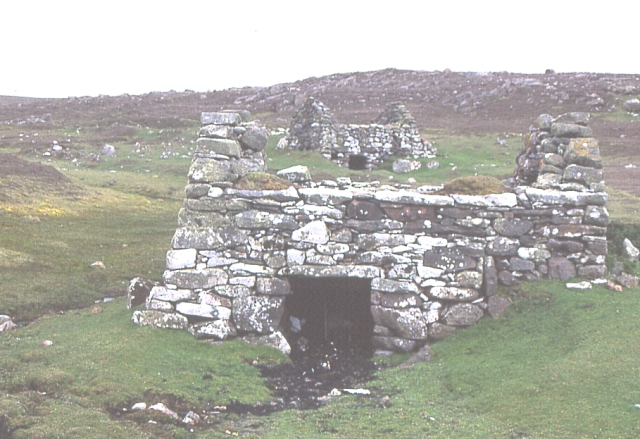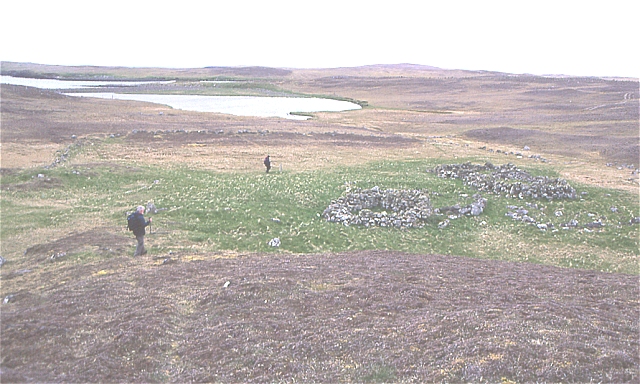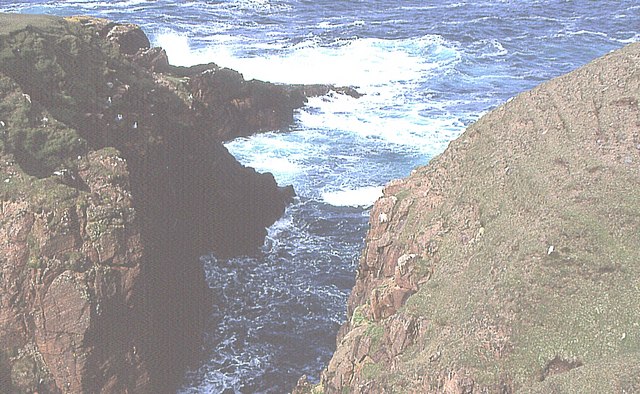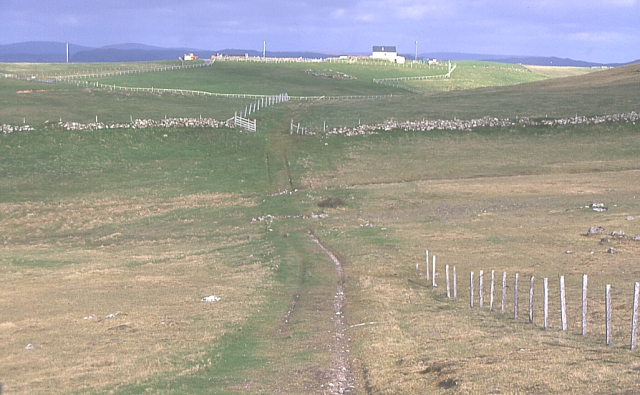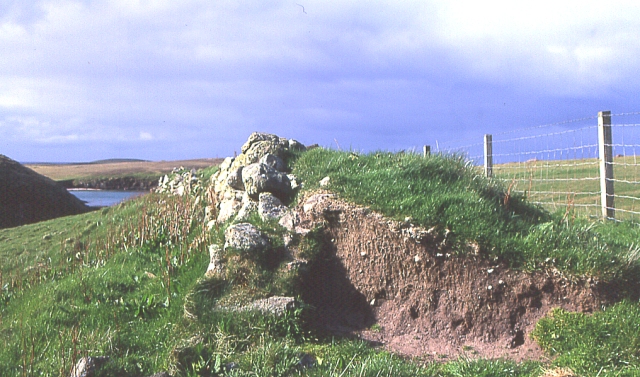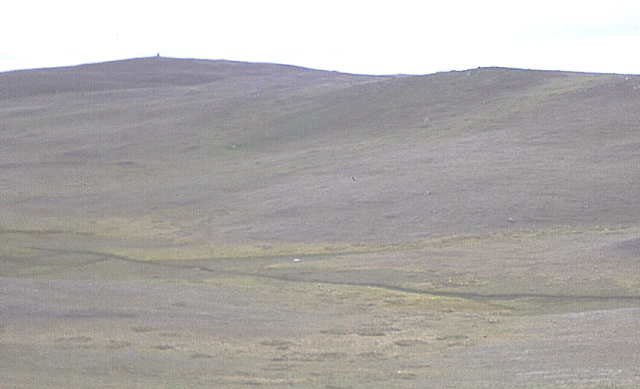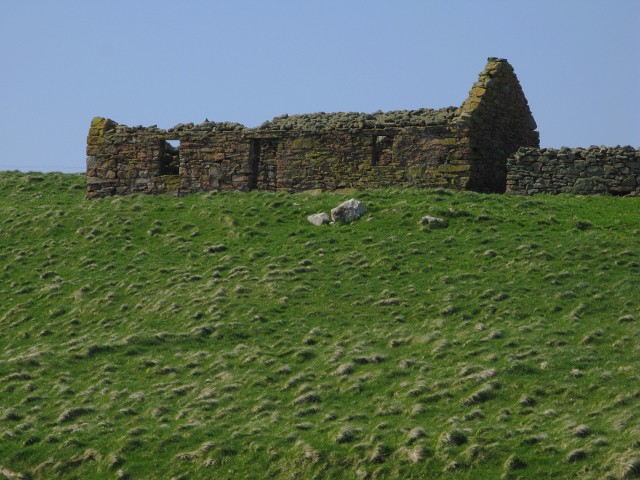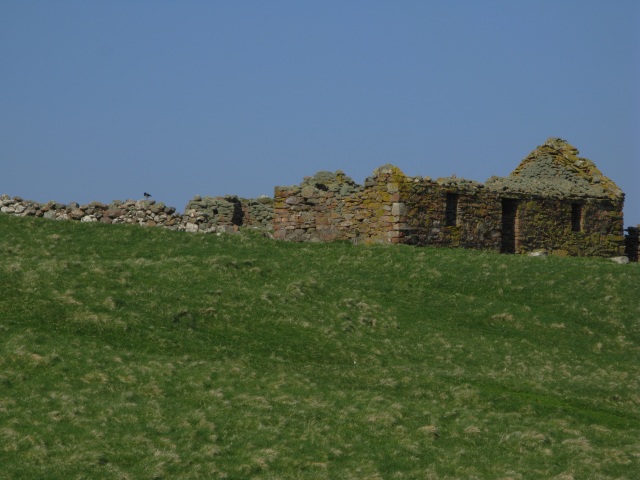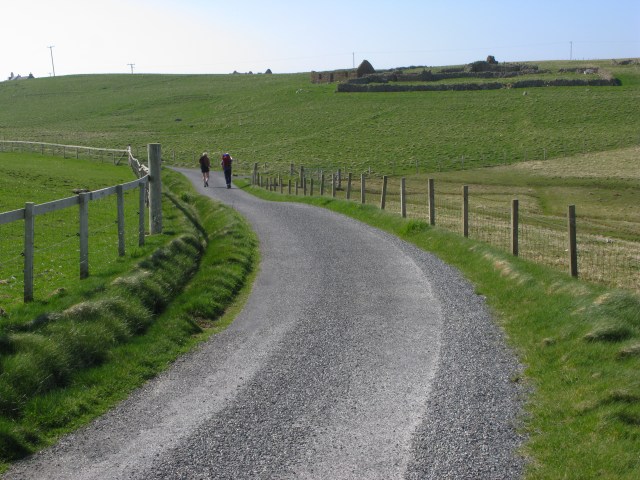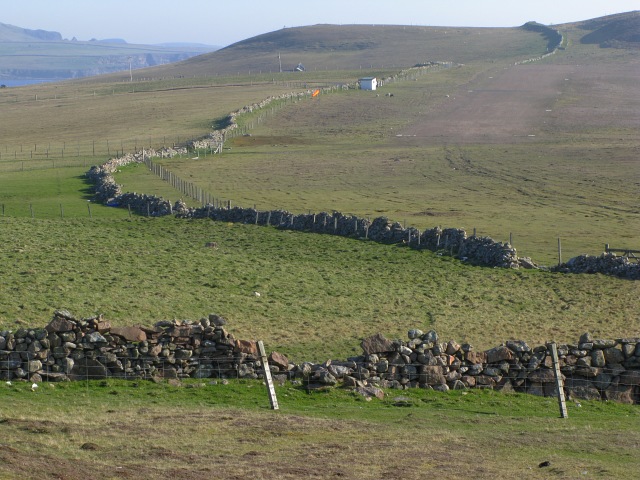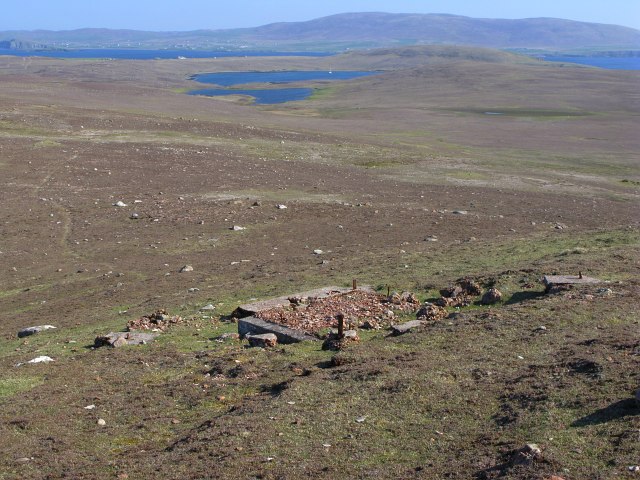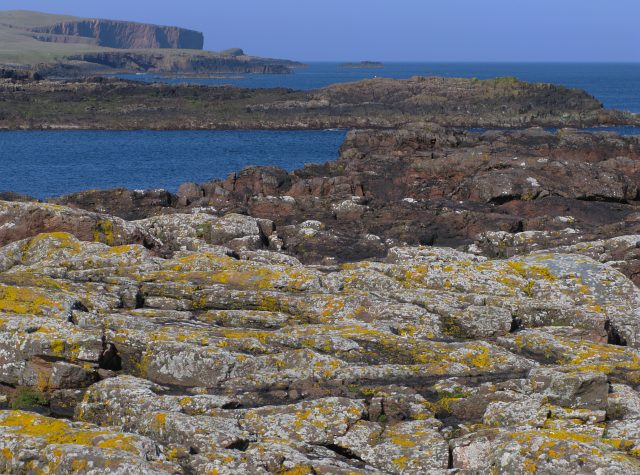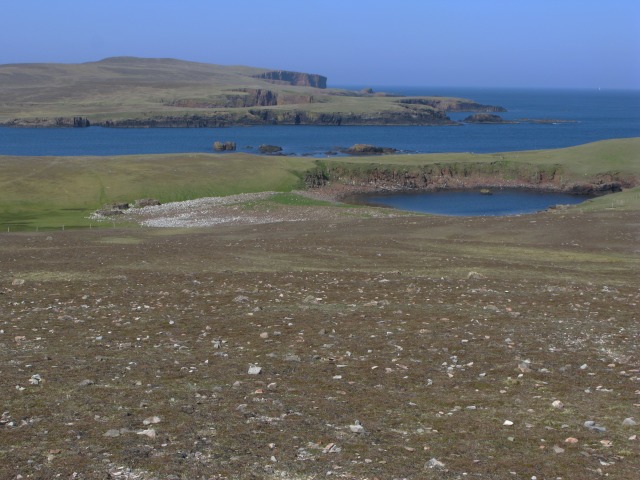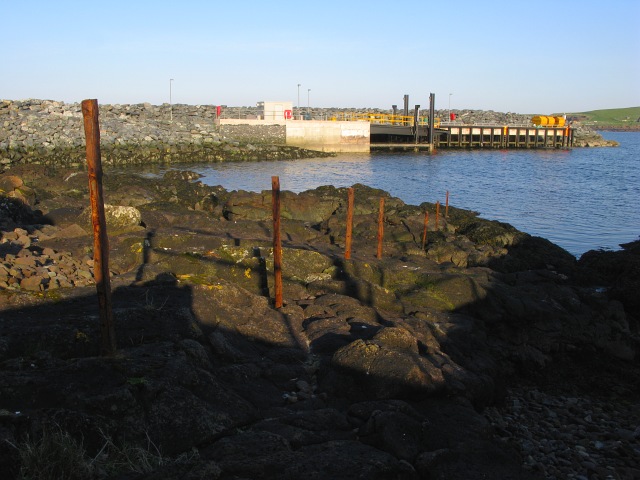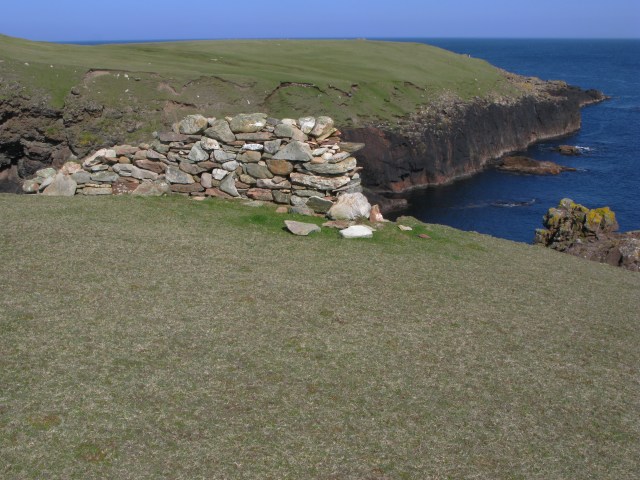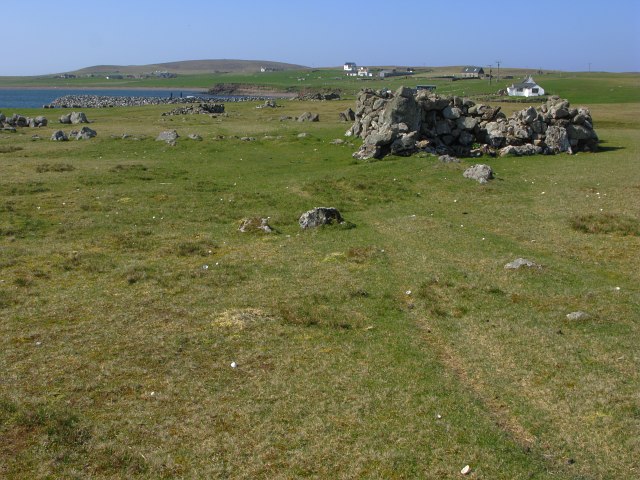Brim Taing
Cliff, Slope in Shetland
Scotland
Brim Taing
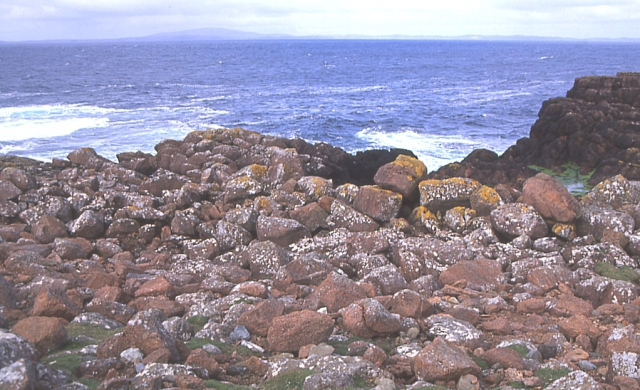
Brim Taing is a striking cliff and slope located on the Shetland Islands, situated off the northeastern coast of Scotland. This natural feature is nestled near the village of Nesting, overlooking the North Sea. With its dramatic landscape and breathtaking views, Brim Taing has become a popular tourist destination for visitors seeking to explore the rugged beauty of the Shetland Islands.
The cliff face at Brim Taing is characterized by its imposing height and steep incline, creating a dramatic backdrop against the crashing waves below. Standing at the edge of the cliff offers a mesmerizing experience, as the vast expanse of the North Sea stretches out into the horizon. The geological formation of the cliff is a testament to the powerful forces of erosion that have shaped the Shetland coastline over millions of years.
Adjacent to the cliff, a sloping terrain extends downwards, covered in lush vegetation and wildflowers that flourish in the island's mild climate. This slope provides a picturesque setting for nature enthusiasts and photographers, with its vibrant colors and diverse plant life. The area is home to a variety of bird species, including puffins, fulmars, and guillemots, making it an ideal spot for birdwatching.
Access to Brim Taing is relatively easy, with a well-maintained path leading visitors to the cliff's edge. The site is also equipped with safety barriers to ensure the protection of visitors. Whether one is seeking a serene escape in nature, an opportunity to capture stunning photographs, or simply a chance to marvel at the raw power of the sea, Brim Taing is a must-visit destination on the Shetland Islands.
If you have any feedback on the listing, please let us know in the comments section below.
Brim Taing Images
Images are sourced within 2km of 60.342864/-1.6983993 or Grid Reference HU1662. Thanks to Geograph Open Source API. All images are credited.
Brim Taing is located at Grid Ref: HU1662 (Lat: 60.342864, Lng: -1.6983993)
Unitary Authority: Shetland Islands
Police Authority: Highlands and Islands
What 3 Words
///crunch.enough.spillage. Near Walls, Shetland Islands
Nearby Locations
Related Wikis
Papa Stour
Papa Stour (Scots: Papa Stour) is one of the Shetland Islands in Scotland, with a population of under fifteen people, some of whom immigrated after an...
Biggings
Biggings is a village on the island of Papa Stour, in Shetland, Scotland. Papa Stour's church is situated at the south of Biggings. A homestead of Duke...
Maiden Stack
The Maiden Stack or Frau Stack is a tiny stack in the western Shetland Islands to the north of Brei Holm and east of Housa Voe in Papa Stour. It is so...
Brei Holm
Brei Holm is a tiny tidal islet in the western Shetland Islands. It is due east of Papa Stour, to which it is connected at low tide, just outside Housa...
Papa Stour Airstrip
Papa Stour Airstrip is a small airstrip in the village of Biggings on the island of Papa Stour. Shetland, Scotland. == History == Papa Stour Airstrip opened...
Forewick Holm
Forewick Holm is a 1-hectare (2.5-acre) island in the Sound of Papa in the Shetland islands, Scotland. Located between Papa Stour and the Sandness peninsula...
Sandness
Sandness (the "d" is not pronounced locally) is a headland and district in the west of Shetland Mainland, Scotland. Sandness was a civil parish, which...
Ve Skerries
The Ve Skerries or Vee Skerries (Old Norse: Vestan sker, West Skerries) are a group of low skerries (rocky islands) three miles (4.8 km) north west of...
Have you been to Brim Taing?
Leave your review of Brim Taing below (or comments, questions and feedback).
